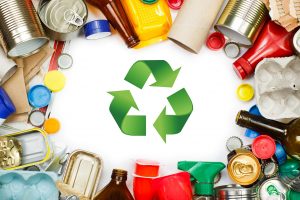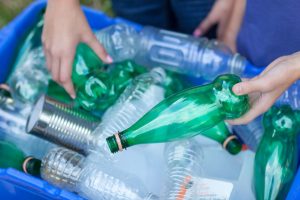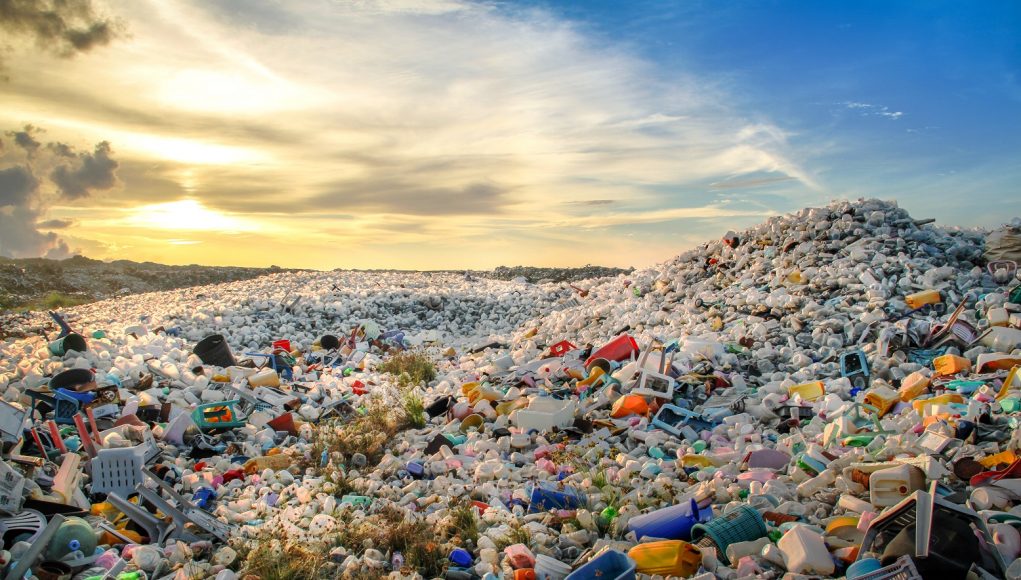Less is More (Recycling 1)
When a branch withers, it falls off the tree, onto the ground and goes back to enrich the soil from which it grew to begin with. Nature, in every form, sustains and propagates itself in cycles. With no beginning, or end, nature is self-sustained, self-supporting and fits neatly unto itself…
Humans invented waste. Each year, we discard bottles and cans sufficient to travel to the moon and back 20 times!
Recycling one plastic bottle = energy to run a 60-watt bulb for six hours. Recycling one aluminum can = energy to listen to an entire album on your iPod, or watch a movie. Imagine the energy conserved if 1,000 people recycled one bottle each.
 The biggest truth about effective recycling is that it is made up of small actions, performed repeatedly in large numbers.
The biggest truth about effective recycling is that it is made up of small actions, performed repeatedly in large numbers.
Recycle: What’s that?
Convert waste into useable material so we may conserve energy, prevent pollution, reduce consumption of fresh resources and/or prevent environmental damage, in general.
Recycling should, ideally, feed the production of new supply (as in a circle). It is also crucial to save materials for their intrinsic value or prevent hazardous ones from causing harming the environment.
The Waste Hierarchy
‘Reduce, Reuse and Recycle’ is the well-known mantra of waste management.
- Reduce overall consumption and reliance on resources, as they are limited.
- Reuse materials and products to their maximum potential and lifecycle.
- Recycle materials and products by repurposing, restoring or putting them back into sustainable systems.
Start at Home
Consumer waste can be collected in three ways: drop off center (e-waste collection points), curbside collection (door-to-door collection by the municipality) and buy back centers (raddhiwala).
Daily waste generated from your home must be segregated into categories and disposed of accordingly. Categories are:
- Wet/bio waste: includes organic waste of any kind such as food or garden waste.
- Dry waste: includes varied forms of glass, cardboard, paper, metal, tires, textiles and plastic.
- Medical waste: includes bandages, syringes, cotton and such.
- Sanitary waste: includes used sanitary napkins and condoms.
- Electronic and electrical waste: includes wires, batteries, phones and any type of electronics, broken, old or brand new.
- Metals: includes tin, vessels, tire rims, steel shelves, etc.
The Right Mindset 
- Smart segregation aids effective waste management.
- One man’s trash is another man’s treasure.
- The thumb rule is simple: you do not want anything to end up in a landfill. How can you tell? A simple, preliminary test can be conducted: crumple the waste, if it stays that way, it is difficult to recycle and will most probably end up in a landfill. Dispose such waste with extra care. If it returns to original form after crumpling, the item/material holds potential for further use and should be recycled.
- Locate your neighborhood raddhiwala; pay him/her a visit to get acquainted with the different materials bought/accepted.
- Buy refill packs to reduce frequency of consumption. For example, hand wash: buy one 5-liter pack, rather than multiple 400ml plastic dispensers every time you run out.
You are ‘disposing waste’, not ‘throwing garbage’. Further, forget the idea that waste has to be disposed daily (exception: organic waste). Collect waste in relevant categories, to be disposed responsibly when a substantial amount has collected. - Be conscious of the impact consumerism has on the environment. Do not buy new stuff unnecessarily, on whim and fancy.
- The most powerful funda when it comes to recycling is as simple as ‘Less is More’.
In Part 2 of this series on recycling, we’ll give you a step by step guide on disposing the different categories of waste. Watch this space for more! 















































